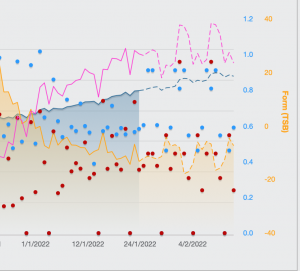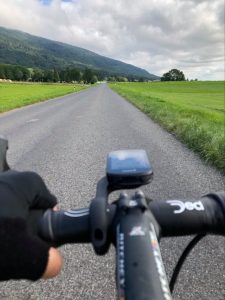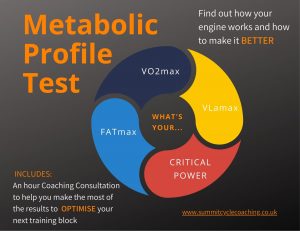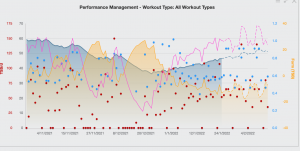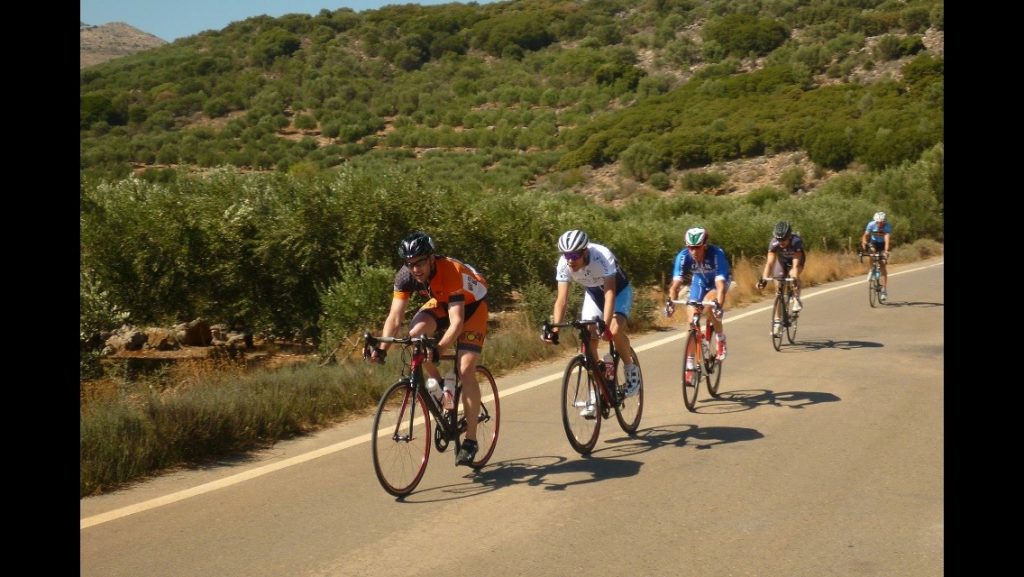5 Tips for the Time-Crunched Athlete
Finding time to train is an ongoing battle we all face. We can’t all be pro athletes with 25 hours a week to train and the rest left to eat and sleep! We have busy home lives, work lives and we need to make it work all together. Here are 5 tips to help the time-crunched athletes.
- Have a plan, but be Flexible
- Only Train as Much as You Can Recover From
- Good Intensity Control
- Be Organised
- Focus on the Things Specific to Your Goal
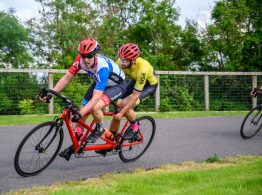
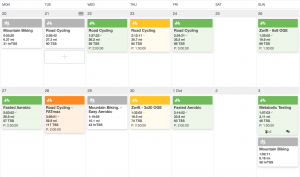
Have a Plan, but Be Flexible
Having a good plan is more than half the battle for athletes with limited time You have to make the most of what you have. Therefore, a well structured, periodised plan is essential. A plan should emphasise the fundamentals of training over ‘magic intervals’ and get fit quick tricks. To start with get on the bike regularly, make 80-90% of your time easy riding and do occasional hard rides (see below for more on intensity distribution).
Consistency is one of the fundamental pillars of endurance performance. If you have a plan that is sustainable week after week, month after month you will build good fitness.
Consistency doesn’t mean never missing a session under any circumstances!! You have to be realistic, be flexible…if you push too hard to fit it all in and get a cold as a result that will be much worse for consistency. Keep your plan realistic and build consistency gradually. If a session has to be missed, be kind to yourself, choose your priority and move on to the next session. The priorities may shift depending on how close to your event you are. Don’t stress about every ride or you’ll make yourself miserable or ill!
Only Train as Much as You Can Recover From
This is a big one! There’s no point in smashing yourself in training only to have wasted the time because. you couldn’t absorb it.
Recovery from training is where you adapt and get stronger. If all your free time is taken up with massive amounts of training, but there’s no recovery, instead, you are working hard in other areas of your life (family, work, etc)…then you aren’t recovering and you aren’t adapting!!
There has to be a balance between training and recovery. The intensity, the frequency, the volume all have to be balanced with recovery. There are loads of products and potions on the market that claim to aid recovery…and some may help a couple of per cent. But nothing can get you out of the massive hole you dig if you train too much, too hard and don’t rest, eat and sleep.
Look carefully at your week and fit training in where it least impacts recovery and make sure there is time built in for all the other elements of your life as well as recovery time.
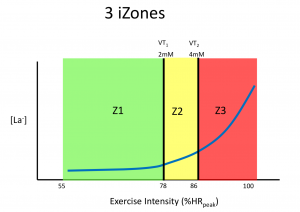
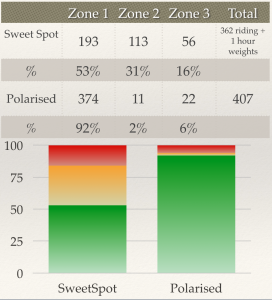
Good Intensity Control
Poor intensity control is a trap I think we’ve all fallen into at some stage. We think because we only have 5-8 hours of training each week that every session has to be a smash-fest…this is to be avoided at all costs!
Even if you are on the lower end of the ‘time to train scale’ you can’t smash it up every. ride. It’s just too stressful for your body and you won’t absorb the training. What you will do is burn out and get little illnesses constantly!
Good intensity control means riding in your aerobic zones most of the time. The high intensity really is just the icing on the cake. Stephen Seiler talks about a 3 zone model (see the picture on the left), this is a simple, but highly effective model to train by. Basically, you want the vast majority of your training to be in Z1. Even with a low total volume 70-80% of your training should be in Z1 (<78% max heart rate). I train on average about 8 hours a week and in the winter 95+% of that is in Z1. Once into build that shifts to between 80 and 90% depending on the week.
This control of training allows for sustainable, consistent training and the gains in fitness are the proof…On this amount of training I’ve done 10 mile TT’s in under 20 minutes, I’ve done 150-mile sportifs in under 10 hours (all in Z1 and with no drafting). Don’t get sucked into the miracle intervals or the latest fad.
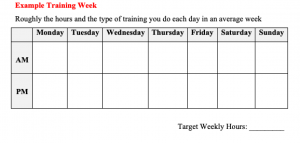
Be Organised
You need to make your training fit in to your life most of the time, not the other way around (that just gets too stressful!). So be organised, find the times in the week where training can fit in with minimal disruption to other things and other people. For example, my wife takes the kids to Greek school on Saturday morning, so that’s when I do my long ride for the week. No impact on them as I’m not needed and I’m home in time to shower, change, eat before they get back.
I use the simple planner on the left to map out a week and try and find suitable training times. But don’t fall into the trap of filling every spare minute with training. You still need time for yourself, time for your family/work or whatever else. When you first fill it in look for every opportunity, but you don’t have to actually train in them all…they are an option.
Be conservative to start with. If it’s 3-4 hours of training the first few weeks, that’s fine. If life is still in balance you can look to add another hour or two. Be consistent, but build the consistency slowly and patiently. Much less stressful than trying to cram in 8 hours straight away and annoying everyone at home and at work…that’s not sustainable!
The other part of organisation is in preparation for training. Minimise the disruption to your time by having things ready for when you need them. For example, if you are doing a pre-work ride, get your bike set up the night before, with the clothes, shoes, HRM, drinks, food and anything else you need ready…so all you need to do in the morning is get ready and ride.
This greatly reduces the time the training takes and perhaps, more importantly, it reduces the stress and mental energy needed.
Depending on how organised you are/want to be…you can also get the post-ride food, drinks, clothes etc sorted for a swift transition into work mode…but depends on how far you want to take it.
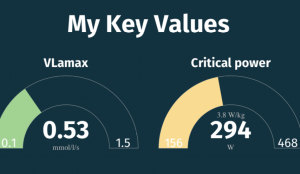
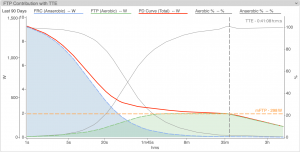
Focus on things Specific to Your Goal
This is something that is really important and can be more tricky than it sounds. You need to know a couple of things:
- You need to know the demands of your event
- You need to know where your fitness is relative to the demands of the event
- You need to train to make adaptions to move your fitness closer to the demands of the event
It’s beyond this post to cover all types of events. But are you training for a 10 mile Time Trial? or is it a 150 mile Gran Fondo with 2500 meters of climbing. These two events are poles apart…one takes around 20-25 minutes…one will take you all day! There are some elements of training that will be the same for both (the fundamentals)…and some that will be very different (the specifics).
Knowing your fitness has been more difficult in the past, with testing limited to basic FTP tests and ramp tests. Though these give you an idea of your fitness, they are a very blunt tool. More recently Metabolic Profile Testing has been developed, which means more in-depth insight into your fitness. You don’t just find out what you can do (eg. average power for 20 minutes), you find out how your body makes that power. This is a massive advantage as your training can be much more focussed, bridging the gap specifically targeting how to get your fitness up to the level to match the demands of your event.
Build your plan around the elements that will best adapt your physiology to that of the event demands. This process makes for very focussed training, which is very time efficient.
Summary
For me, it’s about getting the fundamentals right first. Start building consistency over time and be patient. Keep a close eye on your intensity distribution and make sure you are both recovering well and keeping the rest of your life in balance. That is what gets you training sustainably and therefore get the BIG gains that come from training well week in week out, month in month our, year after year.
If you have any questions or comments you can leave them below or email coach@summitcyclecoaching.co.uk
Make a Plan
With a coach, you are part of a team. Together we make a plan tailored to your goals and your lifestyle
The Work
You still need to do the work. But we’ll be with you, keeping you motivated and on track.

